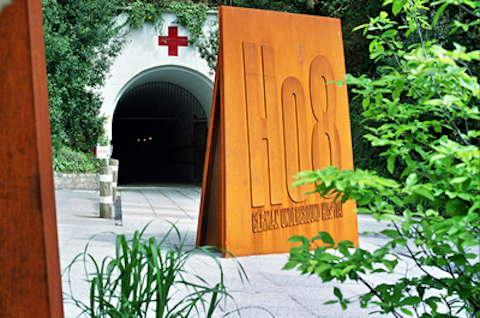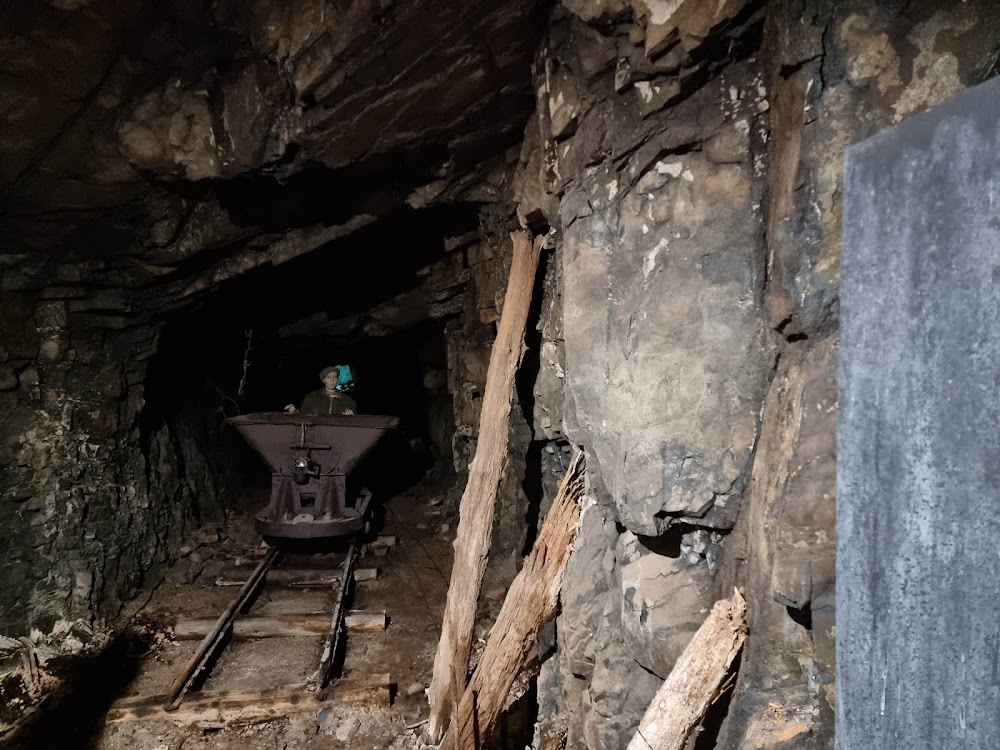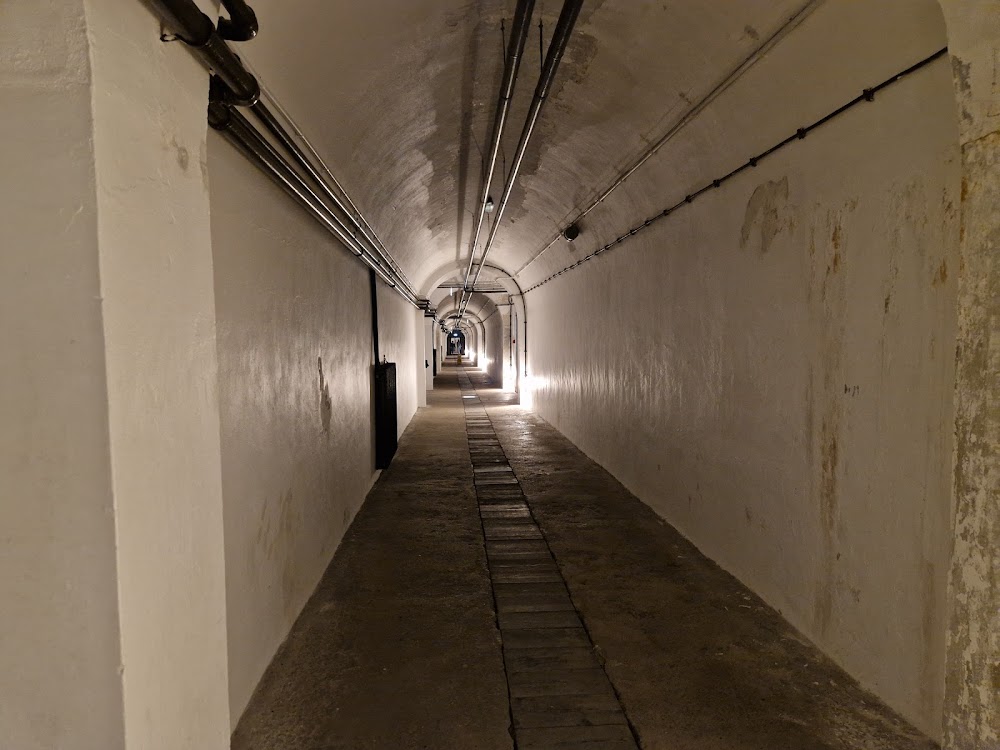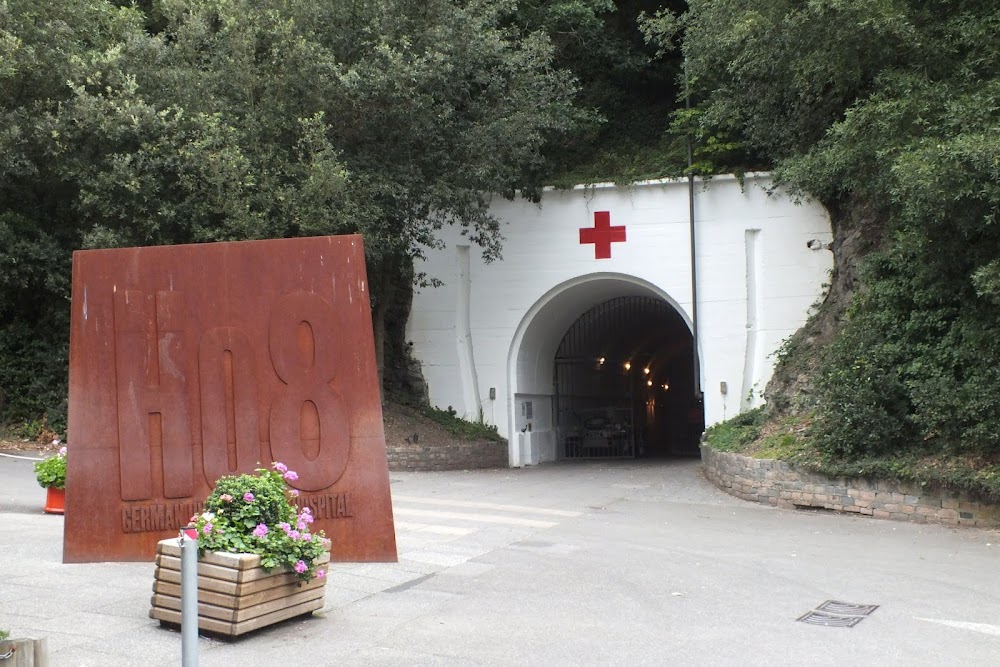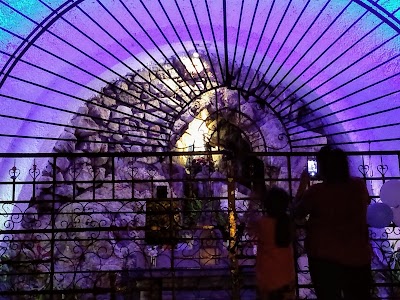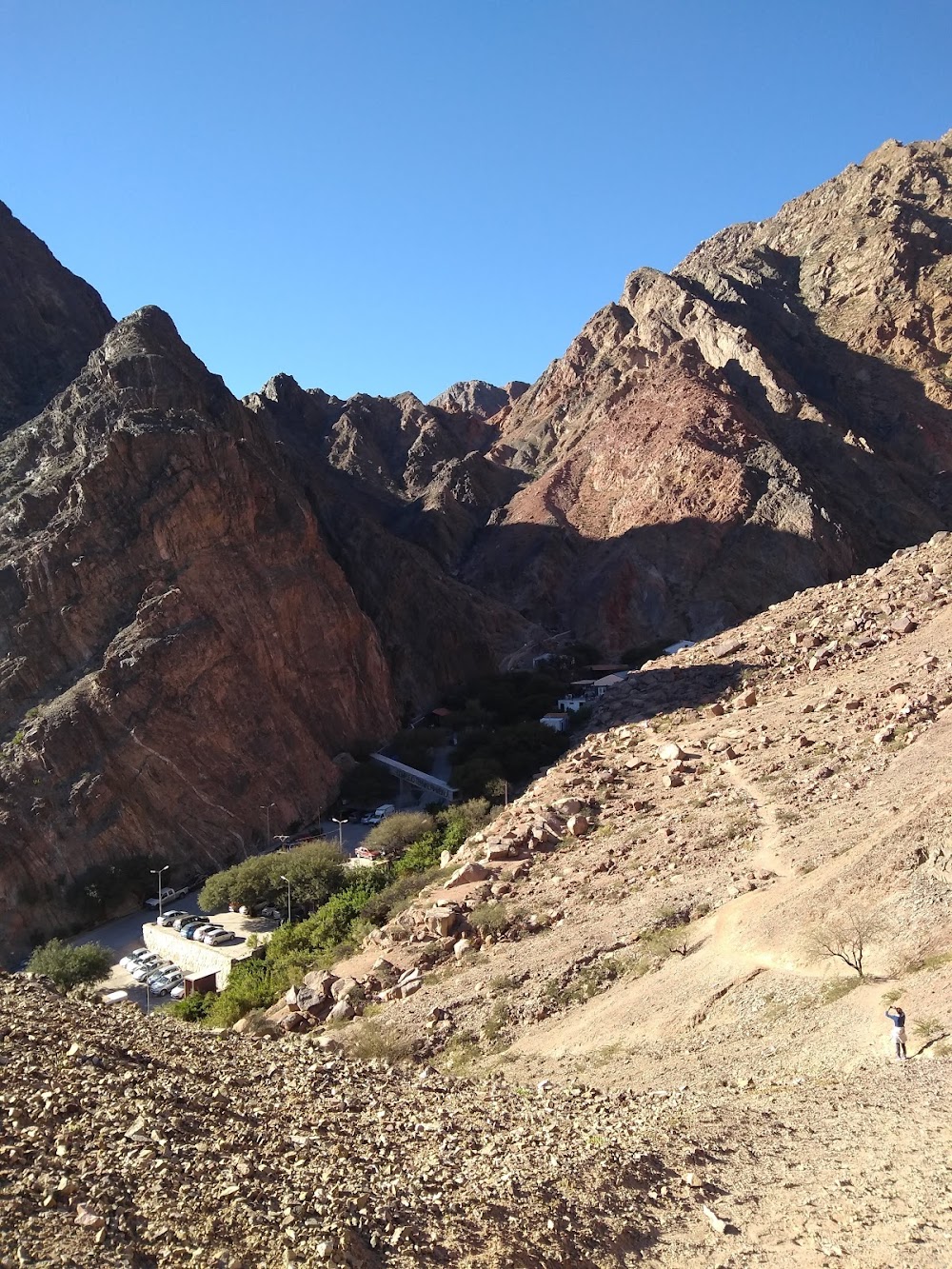Jersey War Tunnels (Tunnels de Guerre de Jersey)
Overview
Hidden deep within the lush, green hills of Jersey, an island in the English Channel, lies a remarkable feat of wartime engineering known as the Jersey War Tunnels. Originally named Höhlgangsanlage 8, this underground complex was constructed by the Germans during World War II when the Channel Islands became the only part of the British Isles occupied by Nazi forces.
The construction of the tunnels began in 1941 and spanned nearly four years, culminating in a massive network extending over 1,000 meters. This ambitious project included extensive chambers and passageways, all built under harsh conditions by forced laborers from various occupied countries, including Russia, France, and Spain. These workers toiled tirelessly, digging into the rock and reinforcing the walls to create a bombproof underground refuge.
The primary purpose of the tunnels was to serve as a secure underground hospital capable of withstanding air raids, ensuring medical care for the occupying German soldiers. Equipped with advanced medical facilities for the time—such as wards, operating theaters, and laboratories—the tunnels also adapted to the war's changing demands. As the threat of Allied invasion intensified, they became a crucial storehouse for weapons, ammunition, and other critical supplies.
Today, the Jersey War Tunnels stand as a significant historical site and museum, preserving an essential part of Jersey's wartime legacy. Visitors can explore the tunnels and gain insight into life under German occupation. The museum showcases various exhibits detailing the immense efforts behind their construction, as well as the stories of the laborers who built them and the islanders who endured the occupation.
As you walk through the tunnels, you will encounter chilling reminders of the island's dramatic history. Personal testimonies from those who lived through the occupation, along with artifacts, photographs, and documents, paint a harrowing picture of resilience and survival. The museum also pays tribute to the forced laborers who faced severe hardships during construction, many of whom tragically lost their lives due to the brutal working conditions and inadequate medical care.
With modern technology, parts of the tunnels have been preserved and restored to maintain their authenticity. Interactive displays and audio-visual presentations allow visitors to step back in time, offering a deeper understanding of the complex wartime operations conducted within these cold, echoing chambers.
A notable highlight is the "Captive Island" gallery, which provides an in-depth look at the lives of the islanders under German rule. This exhibit reveals how the local population coped with food shortages, curfews, and constant surveillance by the occupiers. Another poignant section, the "Resistance" exhibition, honors the bravery of those who defied the Nazis, risking their lives to support the Allied cause.
The Jersey War Tunnels do more than recount a military narrative; they serve as a testament to human endurance, courage, and the indomitable spirit of those who endured one of history's darkest periods. As a museum and memorial, they act as a powerful educational tool, ensuring that future generations grasp the horrors of war and the profound importance of peace.
In conclusion, the Jersey War Tunnels in Jersey are a significant historical monument created through forced labor during the German occupation. They now stand as a poignant reminder of the past, offering a comprehensive and moving account of life during World War II, honoring both the local residents who faced the occupation and the laborers who suffered to build these vital tunnels.


